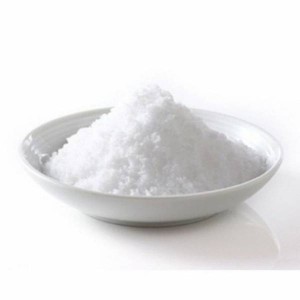Huge demand for glycine products in the market
Glycine, also known as aminoacetic acid, is an important fine chemical intermediate widely used in industries such as pesticides, pharmaceuticals, food, and feed. Glycine is mainly used as a raw material in the pesticide industry to produce new herbicides such as glyphosate, and can also be used to produce efficient foliar plant growth regulators such as glyphosate, which is a good defoliant; In the pharmaceutical industry, glycine can be used as a medicinal glycine solution, pharmaceutical intermediate, and buffer; In the food industry, glycine is mainly used as a seasoning and additive; In terms of feed, glycine and its salts (such as sodium, potassium, copper, zinc, iron, etc.) are used as feed additives. In addition, glycine is used as a CO2 removal solvent in fertilizer production, as well as in the daily chemical industry. It can also be used in the production of other amino acids and as an organic synthesis solvent and biochemical reagent. In summary, glycine has a wide range of applications and its application areas are constantly expanding.
From the perspective of supply, the current global production capacity of glycine is about 230000 to 250000 tons, concentrated in industrialized countries and regions. The production of glycine in China began in the late 1970s and has developed rapidly. Currently, there are more than 20 manufacturers in the country, but many enterprises are in a state of shutdown or semi shutdown due to cost and environmental factors, with a total production capacity of about 100000 tons per year (including self-produced and self used parts).
From the perspective of demand, due to the widespread use of glycine in pesticides, feed, food, medicine, daily chemical and other fields, as well as the continuous expansion and extension of downstream industrial chains, the global market demand is strong, and the domestic market demand is growing rapidly. Currently, the total domestic demand for glycine exceeds 130000 tons, showing a situation of insufficient supply in total.
